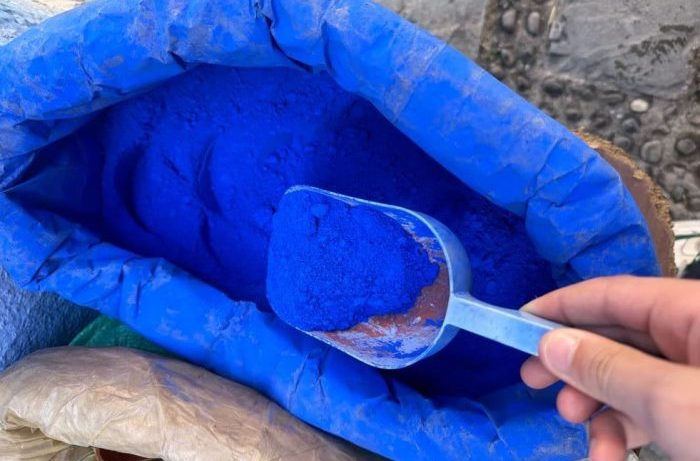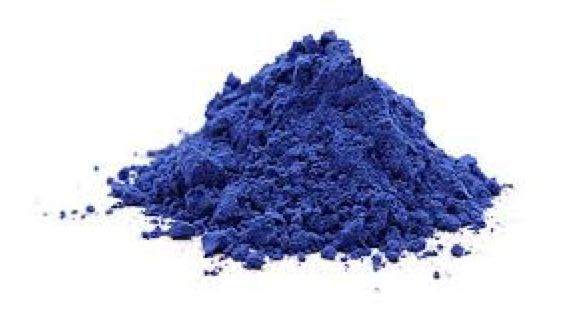Fillers in polymer industries and their applications

In today’s world, as producers of polymer compounds, we are constantly seeking ways to optimize costs and enhance the quality of our products. One of the key tools in this endeavor is using polymeric fillers. These materials, also known as fillers, are a type of polymer additive and play a significant role in the formulation of polymer products.
What is a Polymeric Filler?
Polymeric fillers are organic or inorganic materials with a relatively neutral nature that are added to polymer resins to improve the physical and mechanical properties of the final product while also reducing production costs. These fillers can exist in solid, liquid, or gaseous forms, but micro-particle solid fillers are most commonly used in the compounding industry.
Advantages of Using Polymeric Fillers
Improvement of mechanical properties such as tensile and flexural modulus
Increased heat resistance and dimensional stability
Reduction in formulation cost
Enhanced processability and rheological behavior
Improved resistance to flame and UV radiation
Classification of Polymeric Fillers
We can classify fillers into two main categories:
1. Classification Based on Filler Function
| Filler Type | Feature | Main Application |
|---|---|---|
| Extender Filler | Basic filler for cost reduction | Reducing cost and increasing volume |
| Functional Filler | Offers specific technical effects | Enhancing electrical, thermal, mechanical, and chemical properties |
Extender fillers are mainly used to occupy space in the final product, whereas functional fillers can impart special properties such as impact resistance, flame retardancy, or UV protection.
2. Classification Based on the Physical Type of Fillers
| Filler Type | Description | Advantages |
|---|---|---|
| Fine Particle Fillers | Includes calcium carbonate, talc, barite | Enhances hardness and resistance |
| Fibrous Fillers | Such as glass fibers, cotton, polyester | Increases tensile and flexural strength |
| Rubber Fillers | Specifically for rigid thermoplastics | Improves flexibility and impact resistance |
Calcium Carbonate: The Most Popular Polymeric Filler
In many of our projects, calcium carbonate (CaCO₃) is commonly used as a base filler due to its affordability and its significant impact on polymer properties.
Advantages of Calcium Carbonate:
Improved biodegradability of the product
Enhancement of mechanical properties such as heat and impact resistance
Reduction in overall cost
Increased dimensional stability
Disadvantages:
Increased final product weight
Reduced surface gloss
Decreased tensile strength if overused
Calcium carbonate is known in the market by various names: limestone, calcite, chalk, and marble. It naturally occurs in different crystalline forms such as aragonite and calcite.
Fillers Used in the Paint Industry
We are well aware that fillers are not only used in plastics but also play a significant role in various industries such as paint manufacturing. In this industry, fillers like talc, barite, kaolinite, and metal oxides are employed to enhance properties such as adhesion, gloss, and resistance to moisture and corrosion.
Some Common Fillers in Paint Manufacturing:
Talc: Enhances water resistance and reinforces the paint layer.
Barite: Reduces moisture absorption and increases resistance to light.
Kaolinite: Improves gloss and helps control the paint’s matte finish.
Conclusion
In the process of producing high-quality polymer compounds, the smart use of polymer fillers can make a significant difference. These materials help us strike a balance between cost and performance, enabling us to deliver high-quality, competitively priced products to the market.
What type of filler do you use in your products, and what is your goal in using them? Share your experiences with us.


